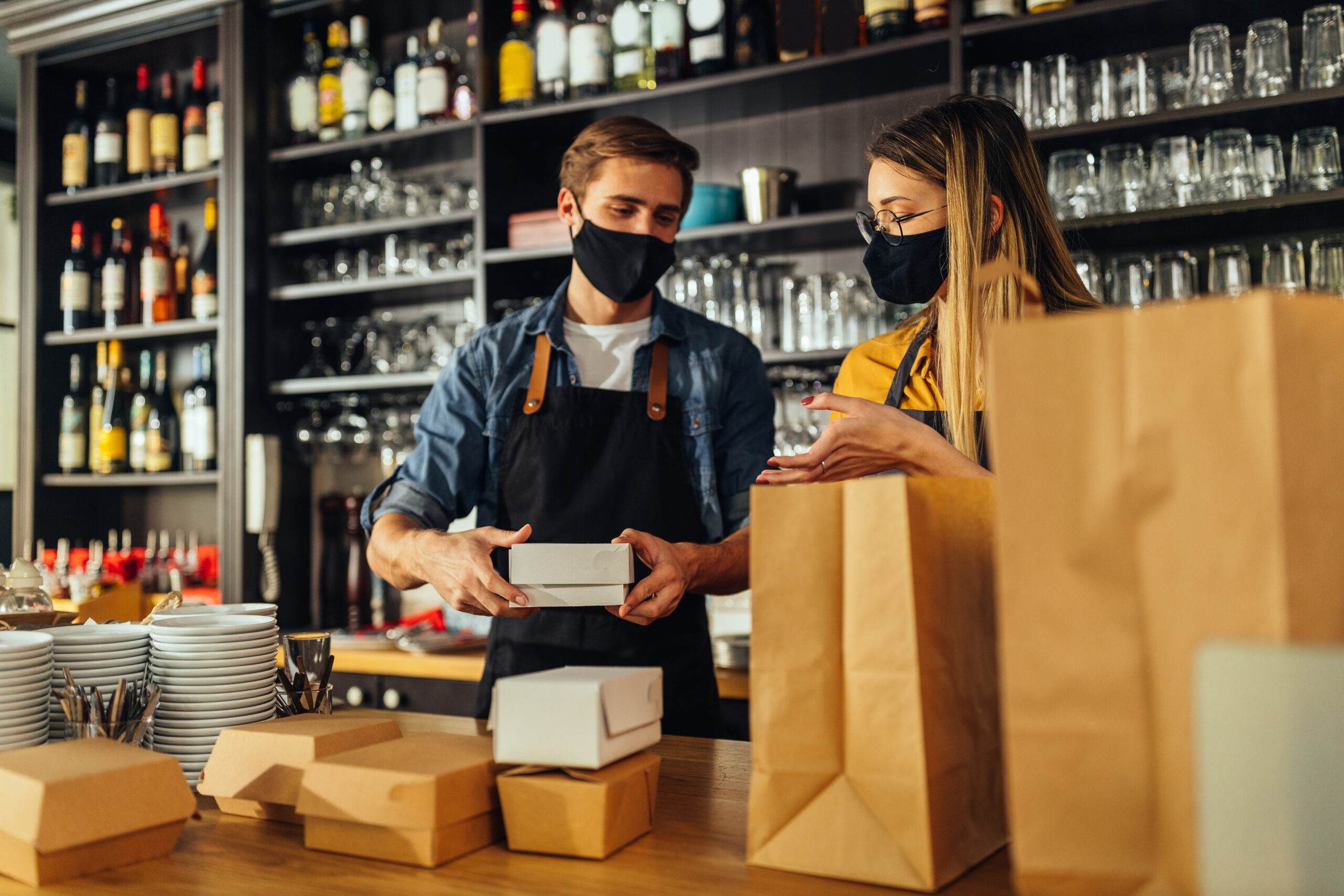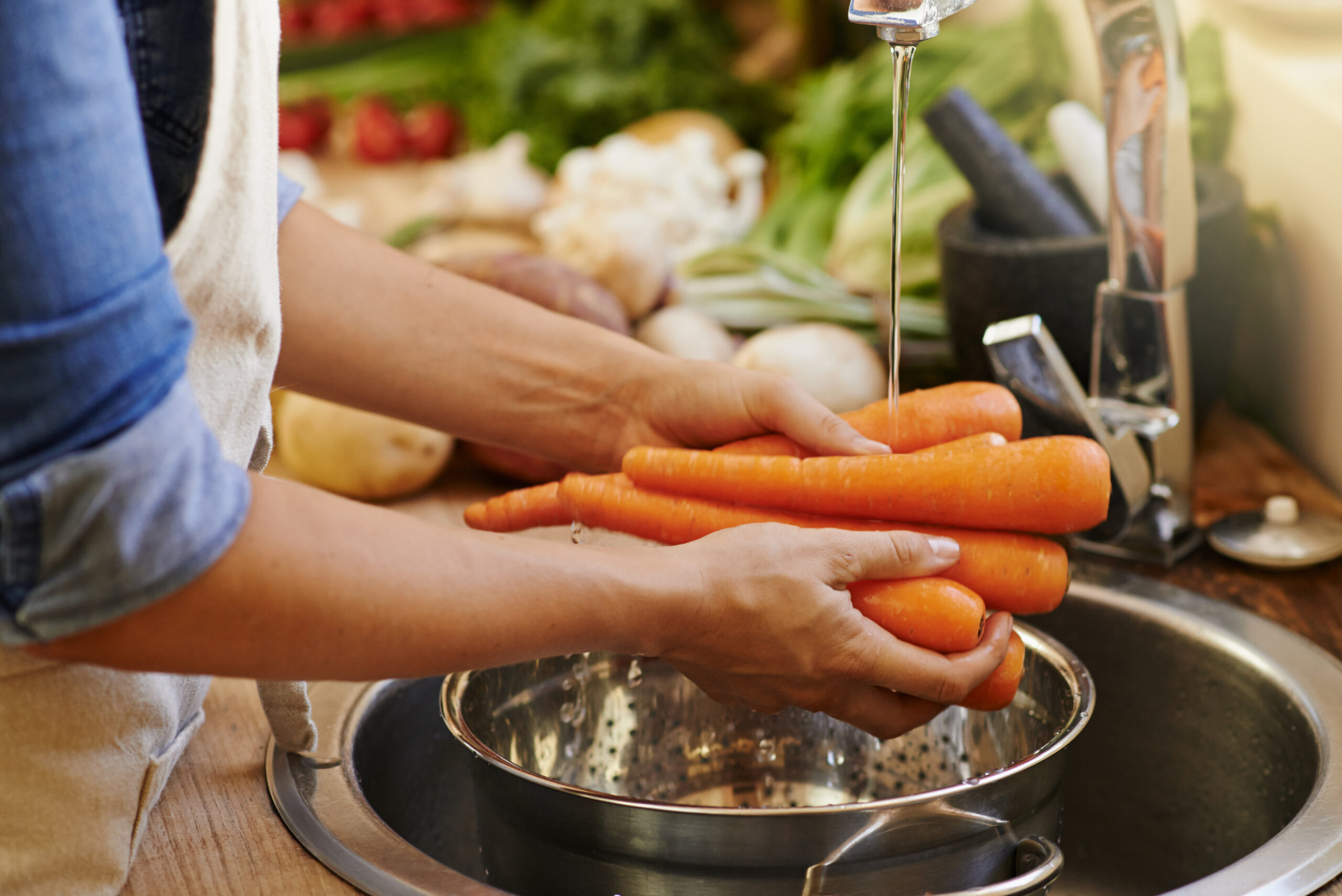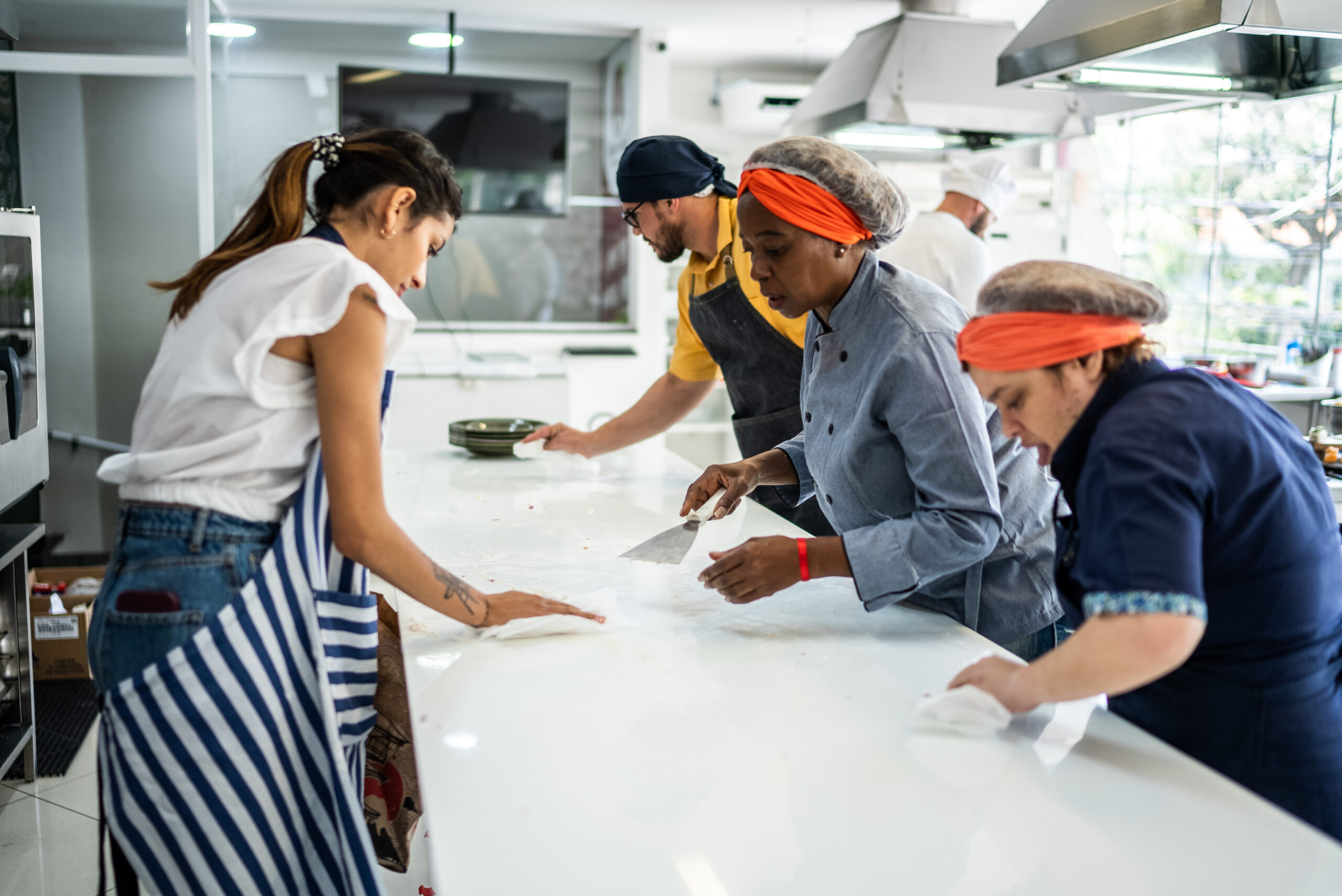Introduction
Restaurant kitchens are vibrant centres of creativity, especially in a nation like Singapore, known as a gastronomic paradise.
With an eclectic mix of cuisines, restaurants in Singapore face the critical responsibility of ensuring that the food served is prepared in an environment adhering to the highest standards of safety and hygiene.
The dynamic nature of restaurant kitchens, with their fast pace and high energy, means they are often prone to accidents and mishaps.
A lapse in attention can lead to cross-contamination or even physical injuries, making safety an integral aspect that goes beyond regulatory compliance.
Moreover, in a culinary hub like Singapore, where food is a significant part of the cultural fabric, maintaining impeccable safety standards is also a matter of pride and reputation.
As restaurants cater to both locals and a global audience of tourists, there is a pressing need to ensure that the dishes created in these kitchens are not just flavorful but also safe and hygienic.
Building a Foundation for Safe and Efficient Restaurant Kitchens in Singapore
Understanding the multi-dimensional nature of kitchen safety, it’s essential to approach it holistically.
This encompasses education, strict adherence to guidelines, equipment maintenance, and fostering a safety culture.
These elements contribute to not only protecting the kitchen staff but also ensuring that the food served is safe for consumption.
In this article, we will explore seven essential guidelines that are pivotal for ensuring restaurant kitchen safety in Singapore.
Through a well-rounded approach, restaurants can create a safe and efficient kitchen environment that nurtures culinary innovation while protecting the well-being of employees and patrons.
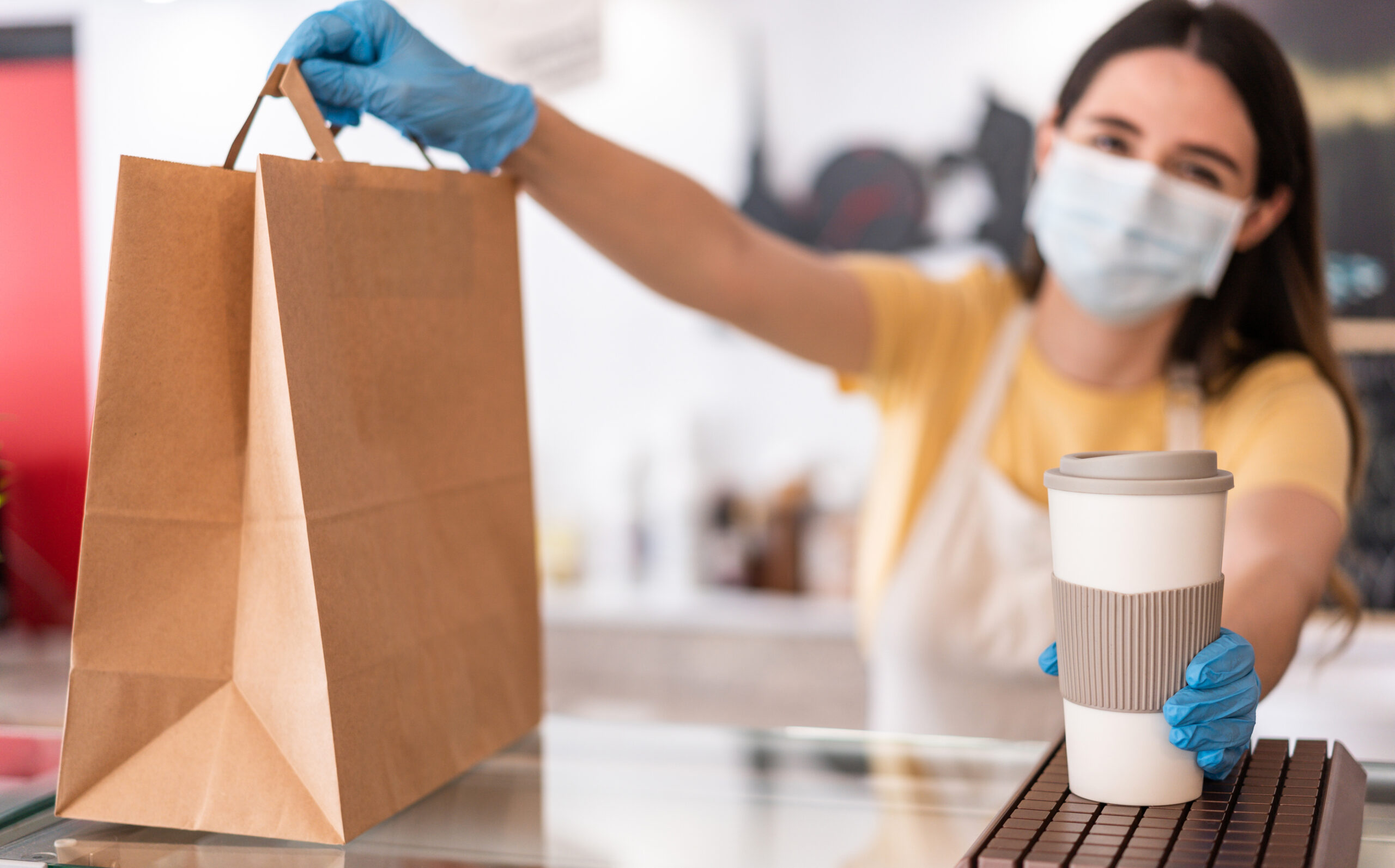
Source: iStock
1. Proper Training and Education
An essential step in maintaining a safe kitchen environment is ensuring that all staff members are adequately trained.
This includes not only chefs but also waitstaff and cleaning crews. Enrolling employees in a
is paramount.
In Singapore, the WSQ Food Hygiene Course is a popular choice, and it’s essential that certifications are kept up-to-date.
Moreover, training shouldn’t end with formal courses. Regular in-house training sessions can be organised to discuss recent food safety trends, new equipment, and techniques.
A well-trained staff is more confident and efficient, contributing to both safety and productivity.
2. Adherence to Workplace Safety Measures
In a busy kitchen, a small oversight can lead to accidents. Ensuring strict adherence to workplace safety measures minimise these risks.
For instance, having a well-implemented knife policy (like using knife guards and proper storage) can prevent cuts, while ensuring the usage of oven mitts and pot holders can prevent burns.
Moreover, the kitchen staff should be trained to handle situations like oil spills and broken glass efficiently to prevent slip and fall accidents.
Communication is key; encouraging staff to communicate clearly and loudly about their actions can prevent collisions.
3. Regular Equipment Maintenance
The kitchen equipment forms the backbone of any restaurant. Regular equipment maintenance is essential to ensure that everything is in working order.
This includes calibrating ovens to ensure proper cooking temperatures, regularly sharpening knives, and checking refrigeration systems.
In addition, electrical appliances should be checked for frayed cords and loose connections.
Equipment manufacturers often provide maintenance schedules that should be strictly followed.
Having a dedicated maintenance log helps in keeping track of service and maintenance dates.
4. Effective Fire Safety Protocols
Kitchens are high-risk areas for fires, and having effective fire safety protocols is crucial.
This includes having fire extinguishers and sprinkler systems and ensuring that the staff knows how to use them.
Regular fire drills should be conducted, and evacuation routes should be clearly marked and free of obstructions.
Additionally, staff should be trained in first-aid procedures and have easy access to first-aid kits.
Proper handling and storage of flammable materials should also be a part of the fire safety protocols.
5. Stringent Food Hygiene Practices
Kitchens must adhere to strict food hygiene practices to ensure the food served is safe.
This includes proper washing of ingredients, avoiding cross-contamination, and ensuring foods are cooked and stored at safe temperatures.
Regularly disinfecting surfaces and utensils, especially those that come into contact with raw meat, is crucial.
Staff should also adhere to personal hygiene practices like washing hands frequently and wearing hairnets and gloves.
Regular health check-ups for the staff can also be considered to ensure they are in good health.
6. Efficient Workspace Design
An efficient and well-planned kitchen design can greatly enhance safety and productivity.
This includes ensuring that the kitchen layout allows for easy movement and access to equipment without causing congestion.
Implementing ergonomic designs helps in reducing the physical strain on chefs.
For instance, adjustable-height counters and proper placement of shelves can reduce bending and reaching.
Proper ventilation is necessary to avoid the build-up of heat and fumes.
Anti-fatigue mats can also be used to reduce the strain of standing for long periods.
7. Monitoring and Feedback
Continuous monitoring and gathering feedback are vital for consistently following all safety protocols.
This can include daily briefings to discuss any safety issues, regular inspections of the kitchen, and encouraging staff to provide feedback.
Staff members often have firsthand experience with the practical aspects of kitchen safety, and their input can be invaluable.
A culture that values feedback and is committed to continuous improvement in safety standards will contribute to a safer and more efficient kitchen.
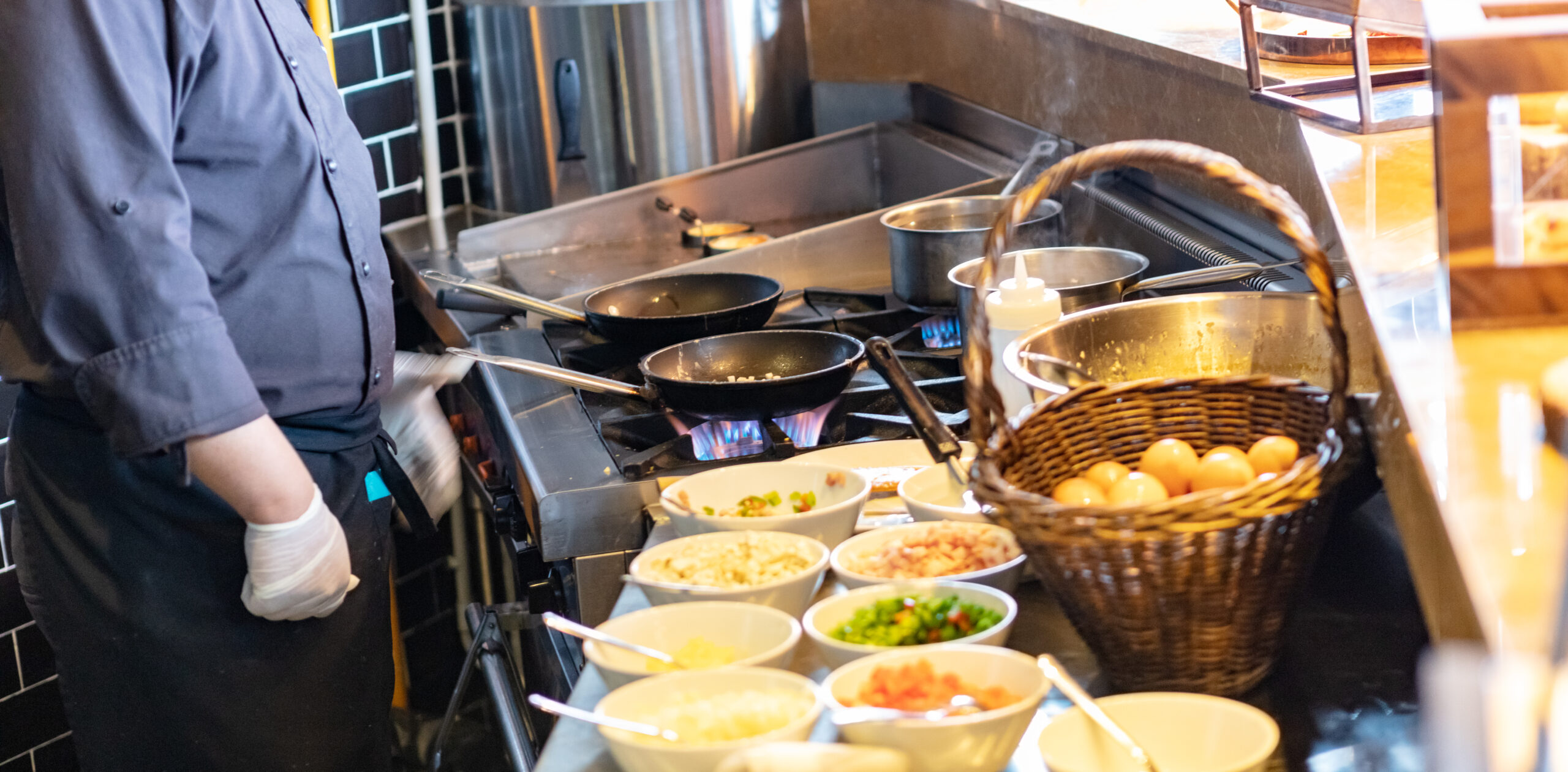
Source: iStock
Conclusion
Restaurant kitchen safety is an amalgamation of training, adherence to safety measures, equipment maintenance, fire safety protocols, food hygiene practices, efficient workspace design, and constant monitoring and feedback.
In a culinary paradise like Singapore, maintaining impeccable safety standards is not just regulatory but also indicative of a restaurant’s dedication to excellence.
An integrated approach to safety protects employees, contributes to a restaurant’s reputation, and assures customer satisfaction.
Continuous improvement and staying abreast of the latest best practices in food and workplace safety measures are the keystones of a safe and successful restaurant kitchen in Singapore.
Enhance Your Kitchen Safety Skills with Skillmaster
In an industry where safety is paramount, especially in the context of restaurant workplace safety Singapore, acquiring the right set of skills is indispensable.
Skillmaster Training Centre is an established provider of courses that can help you elevate the safety standards of your restaurant kitchen in Singapore.
Whether you’re an aspiring chef, a kitchen manager, or an owner, Skillmaster’s programs are designed to meet your needs.
Don’t leave safety to chance; invest in the skills to make your kitchen a haven for culinary excellence and impeccable safety standards.
Take the first step towards a safer and more efficient kitchen.
Enrol in Skillmaster’s courses today! Click here to explore courses and register.

